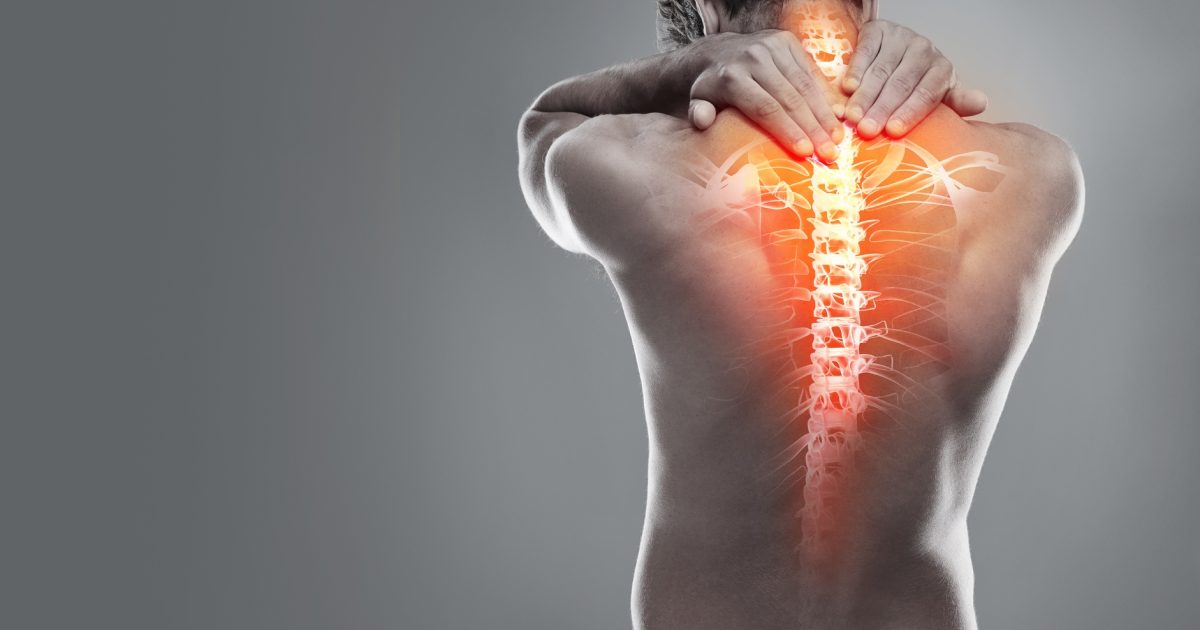Common Causes And Complications Of Kyphosis
Kyphosis is a common condition characterized by irregular rounding that occurs in the upper spine. While a small upper spine curve is normal, kyphosis is an excessive curve in the back that can result in various long-term issues throughout the body. This curve is not the same side to side curve seen in scoliosis patients. Instead, it is a curve that moves from back to front. Many individuals with kyphosis do not experience any symptoms. Others may experience tight hamstrings, upper back stiffness, and a rounded back. In particularly severe cases of kyphosis, a patient may experience numbness or weakness in the legs and the arms, difficulty breathing, loss of bladder control, and persistent severe back pain. The treatment for kyphosis focuses on the prevention of curve progression and restoration of normal posture through physical therapy and or surgery. Several factors can cause an individual to develop kyphosis.
Disk Degeneration

Disk degeneration occurs when changes take place in the spinal disks due to wear and tear. The spinal disks are comparable to shock absorbers that sit between the spinal bones. These disks cushion and protect the vertebrae from scraping and rubbing against each other. These spinal disks also allow the back to be flexible so an individual can bend and twist their body normally and comfortably. However, as some individuals age, these disks start to break down and do not function the way they should. Numerous factors can cause the disks in the spine to shrink such as drying out or cracking of the discs. This breakdown or shrinkage results in the vertebrae or bones in the spine rubbing directly against one another. The friction and lack of cushioning between the bones can allow them to begin to thin out easily. When the vertebrae thin out, they tend to start tipping forward. At first, this wear and tipping of the spinal vertebrae may result in the spine becoming unstable. However, as this condition progressively worsens, it causes more of the disks to thin out and tip forward in a gradual chain reaction. When many disks become tipped forward, an abnormal curvature of the spine or kyphosis develops.
Learn more about the common causes and complications linked to kyphosis now.